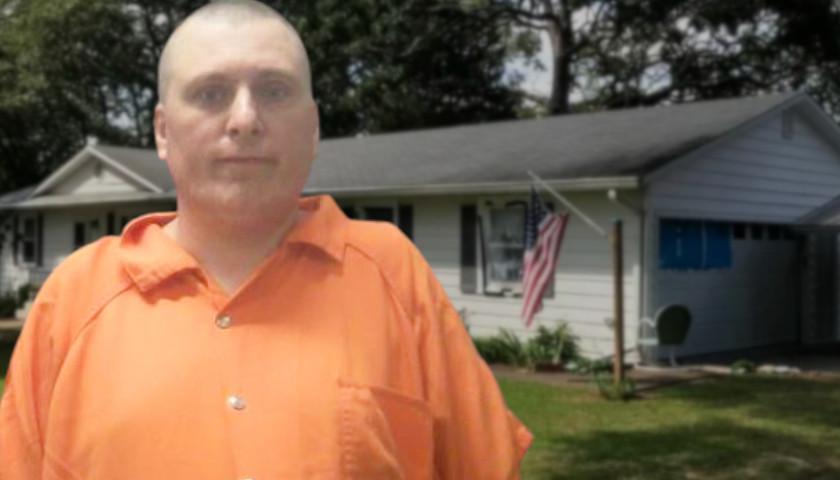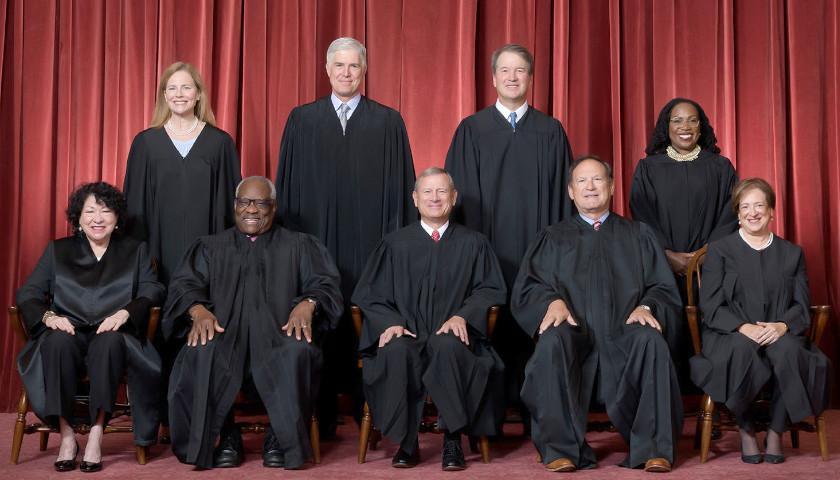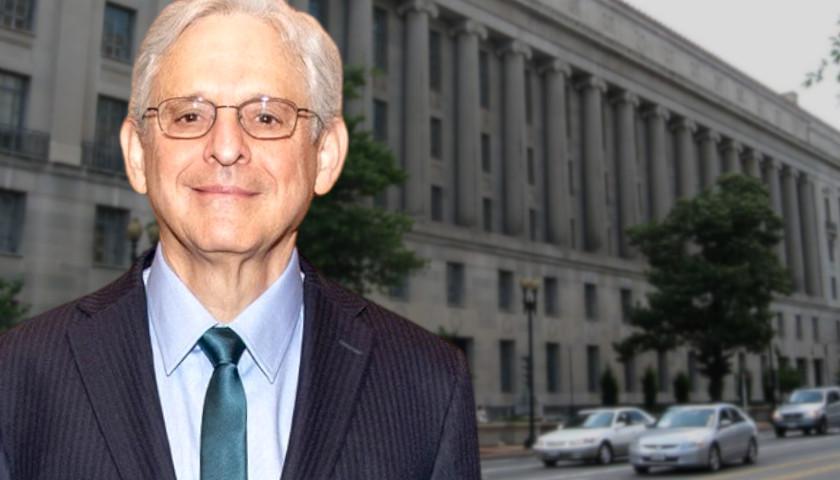Eighty-thousand Tennessee teachers can do everything right at their school and in their classes, and one teacher can do something horrendous and give the other 79, 999 a bad name. It takes just one teacher to cause irreparable damage.
I suspect that after all the facts are gathered in the ongoing Maury County case involving a 50 year old male teacher and a 15 year old female student, we will see legislative changes that will be directed at helping curb future inappropriate student-teacher activity. This one teacher has created problems for the family of the student, his own family, his community, his school, and his peers.
Unfortunately, we know that sexual abuse and exploitation of children is a growing problem in our society. We should not be shocked when sex offenders seek employment in jobs where they have contact with children such as churches, schools, youth groups, hospitals, and social services. We have to do a better job of screening applicants in those fields. Jennifer Fraser, an abuse survivor herself wrote: “If adults can’t recognize abusers, children are even less likely to realize that what’s happening is abuse and that it is doing damage of a kind they can’t see.”
We must carefully make sure that we are protecting all of our minor children in public education. However, we have seen many false claims made by against a teacher, and once an accusation is made it is nearly impossible to restore a teacher’s reputation. It is a difficult balancing act. There will never be a perfect system.
ABC News reported that the “FBI and the Justice Department do not keep statistics on the frequency of sex-related assaults involving teachers and students.” However, the “most recent statistics from the Bureau of Justice on school violence show that students are more likely to be sexually assaulted outside school grounds.”
It is atypical for victims, especially children, to disclose sexual abuse at the time as it is happening. They fear being blamed for their supposed consent to the abuse. In addition, they fear losing the “approval” of their abuser. They also do not want to disappoint their parents. Many victims wait years, if they report the abuse at all, to talk about what happened to them.
Dr. Kit Richert identified physical indicators of sexual abuse such as: Pain, itching, bleeding, swelling, or bruising in the genital or anal area; blood in the child’s underwear; frequent bladder infections; STDs; Pregnancy in pre-teen girls; and, complaints about headaches and sickness. The behavioral indicators of sexual abuse are: Sudden change in the child’s normal behavior, starts acting different; Depression or suicidality, running away; regression to more childlike behavior; changes in relationships to adults, such as becoming more clingy or more avoidant; lower school engagement and lower achievement; exhibits sexually provocative behavior or becomes promiscuous; the child has or talks about friends that are unusually older; the child talks about having sex or being touched; and, the child is extremely avoidant of undressing or physical contact at school.
The good news is that there are a number of resources available to empower stakeholders to prevent sexual misconduct and abuse in schools. One organization, Stop Educator Sexual Abuse, Misconduct and Exploitation (SESAME) is the national voice for the prevention of sexual exploitation, abuse, and harassment of students by teachers and other school staff. Their 5-point strategy includes:
1. Increasing public awareness of educator sexual abuse by breaking the silence in a strong and united voice.
2. Fostering recovery of survivors through mutual support and access to information.
3. Encouraging survivors of educator sexual abuse to report their offenders to local law enforcement officials and state education department credentialing offices.
4. Insisting upon implementation of and adherence to child-centered educator sexual abuse policies, regulations and laws.
5. Directing attention to the maintenance of proper boundaries between school staff and students by promoting annual training, the adoption of professional standards and codes of ethics.
It takes one teacher to give all teachers a bad name, especially if it involves an adult sexually abusing a child. We all are victims when one teacher betrays the trust bestowed upon them by a community to educate our children. There are many survivors in our midst. We simply have to do a better job protecting our children.
##
JC Bowman is the Executive Director of Professional Educators of Tennessee, a non-partisan teacher association headquartered in Nashville, Tennessee. Follow him on Twitter @jcbowman. Permission to reprint in whole or in part is hereby granted, provided that the author and the association are properly cited.








